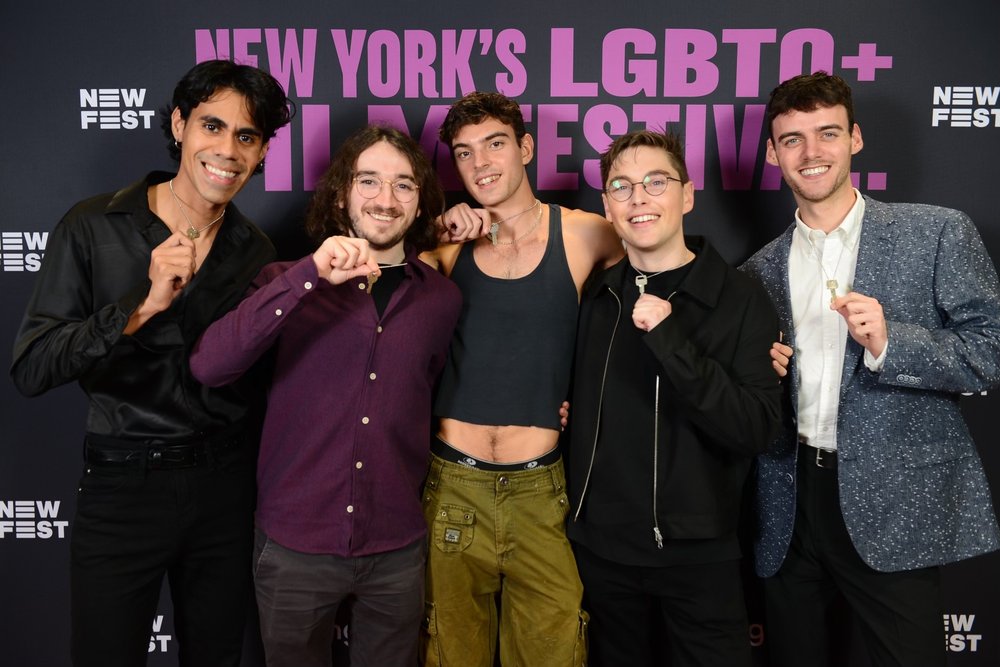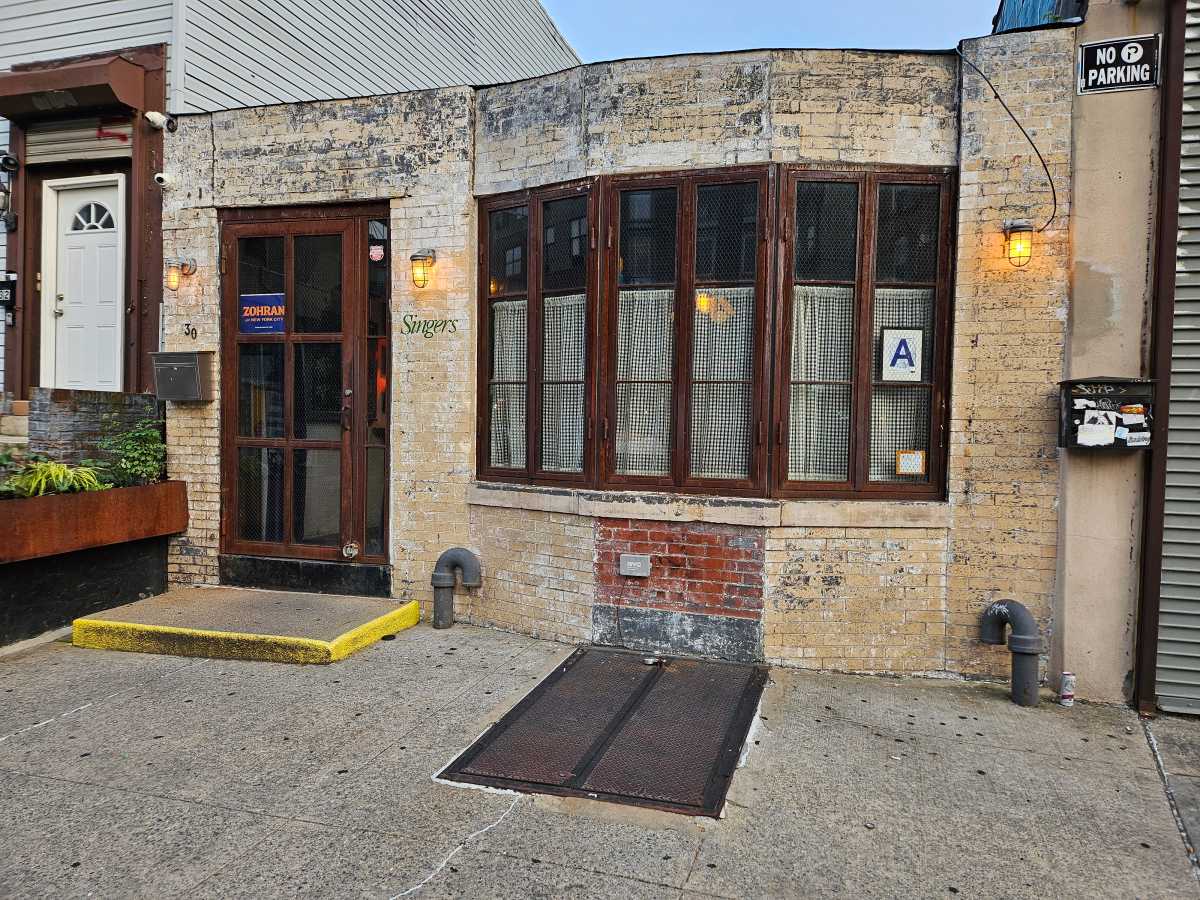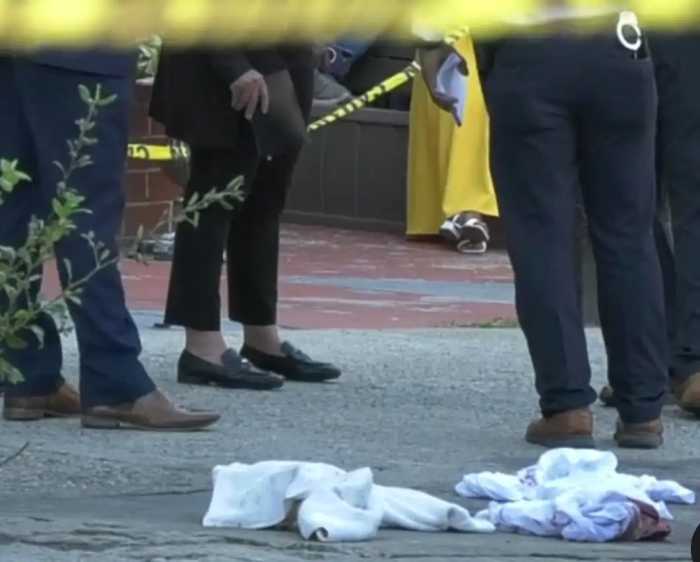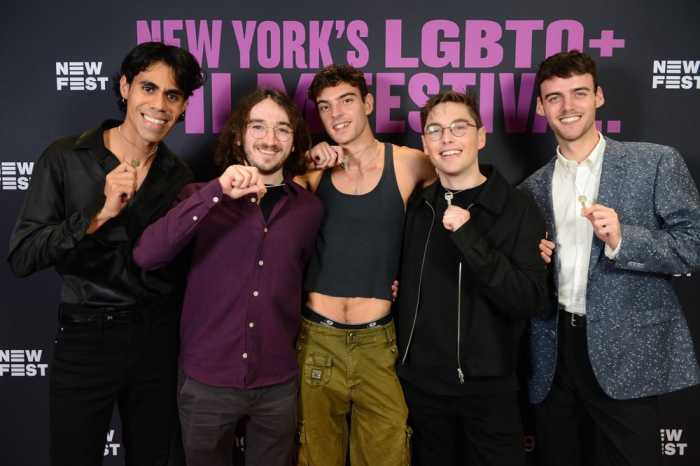BY BILL BOROCK & LESLEY DOYEL | Given the barrage of sweeping zoning changes, pro-development green lights and the wholesale privatization of formerly public space that have become the weft of our daily existence in Chelsea (and throughout Manhattan), one might think it almost impossible for a single piece of legislation to exert any degree of “shock and awe” over a neighborhood that was just beginning to think it had seen it all. One would be wrong.
The Council of Chelsea Block Associations and Save Chelsea recently co-signed a letter (along with the Greenwich Village Society for Historic Preservation and Greenwich Village Community Task Force) in response to the Hudson River Park Bill — Bill A8031 — which we only learned about following its approval by both the State Assembly and Bill 5824, passed by the State Senate on June 21st at around 5am after an all-night session.
While this legislation is extensive and complex, our letter focuses on “the provision allowing for the first time the transfer of development rights from piers in the Hudson River Park to neighborhoods one block inland” and expresses deep concern “about the speed with which this bill moved, the lack of consultation with affected communities and the lack of available information about the broad potential impact this bill would have on increasing allowable development in our neighborhoods.”
On Monday, July 15, Madelyn Wils, Director of the Hudson River Park Trust (HRPT), made a presentation about the revised HRP legislation at a joint meeting of CB4’s Chelsea Land Use and Waterfront, Park and Environment Committees. Despite Ms. Wils’ candor, not much became clear except that plans for the transfer of air rights (potentially 1.6 million square feet of them) from piers in the park to receiving sites one block inland between Chambers and 59th Streets are still very unclear. Unbelievably unclear, considering that this sweeping legislation has already been passed.
The Hudson River Park, a shining achievement, is especially beloved as it provides visual and actual access to the Hudson River. But everyone knows, “shining achievements” like this are often incredibly expensive, and, once complete, need substantial revenue streams for perpetual maintenance now and in the future.
According to their website, the HRPT “employs a focused, diverse staff with experience in parks, design, finance, public policy, operations and maintenance.” With so much experience and expertise, we assume there was a comprehensive business and financial plan, and therefore wonder how and why the current insolvency was allowed to become so critical. To build first and seek revenue streams later is very risky, and fiscal panic is always a dangerous incubator in which to draft legislation. The financial crises did not emerge from storm damage, and the meeting revealed that extensive repairs following Irene and Sandy are finally being reimbursed by the both the city and state.
As our joint letter also points out, “the current zoning in our neighborhoods already allows a tremendous amount of new development, and has in many cases recently been changed to allow even more additional development.” And, although this aspect of the HRP Act was, in part, designed to prevent and preclude commercial and residential development within the Hudson River Park — which we understand and support — we fear that this solution exchanges one problem for another. Won’t this become an irresistible incentive for mega-development, providing huge financial windfalls for real estate developers? Developers, even before the passage of the revised HRP Act, are already constructing a virtual canyon of tall buildings all along 10th and 11th Avenues, surrounding the High Line, and increasingly blocking sky and views of the waterfront. From experience, we simply don’t see the required Uniform Land Review Procedures (ULURP) as effective protective measures to control hyper-development, as suggested at Monday’s joint committee meeting.
On its very own website, the Hudson River Park Trust describes itself as a public benefit corporation. As members of that public, we urge the HRPT to provide not only the communities straddling the park in targeted areas, but the larger public, with clear information about the impact this legislation will have. Throughout Monday’s joint committee meeting we were assured that HRP would, in future, work closely with NYC City Planning, local officials, affected community boards and members of the public, as plans for the transfer of air rights more forward. As our joint letter also says, “It is essential that the public be informed of how the development rights transfers enabled by this legislation would work, what the process would be for their utilization, which piers have transferable development rights and how much, the locations to which those development rights can potentially be transferred and used and how much additional development rights can be used at each location and the scope and scale of development which would be allowable if those development rights are utilized at each location.”
It is imperative at this time for the HRPT — especially being a public benefit corporation — to be open and transparent with the public, and welcome public input. In so doing, we will once again be able to put our full trust in the Trust.
Bill Borock is President, Council of Chelsea Block Associations and Lesley Doyel is Co-President, Save Chelsea
https://www.gvshp.org/_gvshp/preservation/fwv/doc/hrp-letter-06-24-13.pdf






































